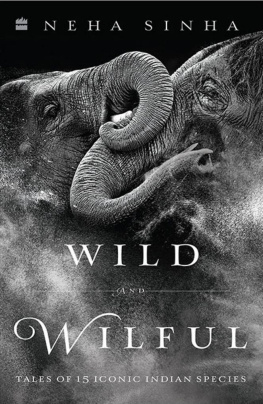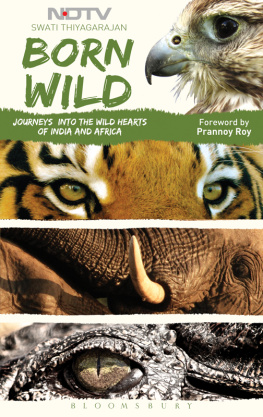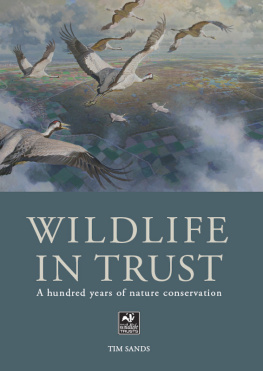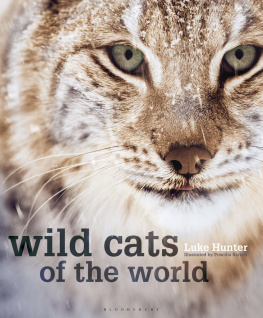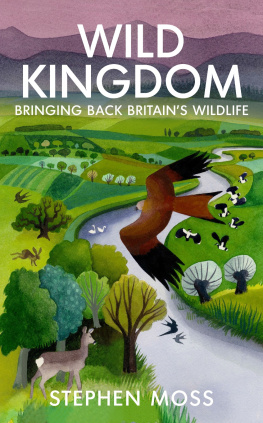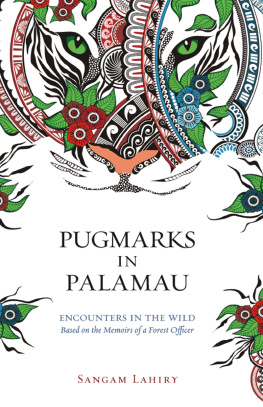Table of Contents
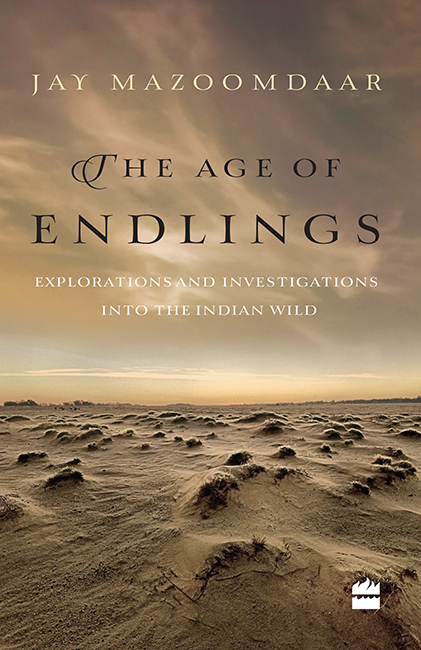
THE AGE OF ENDLINGS
EXPLORATIONS AND INVESTIGATIONS
INTO THE INDIAN WILD
JAY MAZOOMDAAR

He who was living is now dead
We who were living are now dying
With a little patience.
T.S. Eliot, The Waste Land
Contents
I t is not often that one gets preoccupied with a wordhowever Tolkien-esqueyounger than oneself. The term endling was felt necessary barely twenty years ago. As the reality of extermination became routine by the turn of the century, scientists started describing the very last individual of a species as an endling. The nineteenth century may not have had a name for them, but it gave us a handful of known instances, and ample premonition that the grim procession had only just begun.
To describe these extinctions or extinctions-in-waiting as tragedies is preposterous. Because it dares slot within the coordinates of our perceptions the incomprehensible finality of losing a life form for good. Because it pretends to fathom the utter loneliness of the last fewand then the very lastof a kind.
The first time I realized that we had an endling at hand was in Bharatpur. For six years, the national park harboured a solitary tigress who, as a very young female, possibly followed the course of the Gambhir river from Ranthambore in search of territory. Though not the last of her species, she had never encountered another tiger since she settled down in Bharatpur in 1999. At the risk of sounding anthropomorphic, one wonders if this loneliness made the tigress a recluse and led to her premature death (officially blamed on heat stroke) in the summer of 2005.
That was the year I began my investigative series on the status of tiger conservation with the wipeout of tigers in Rajasthans Sariska. The nagging thought of endlings accompanied me as I reported from nine reserves across the countryparticularly in Panna (Madhya Pradesh) which would soon go the Sariska way, and Buxa (West Bengal) where another local extinction would have been imminent but for the visiting big cats from adjoining Bhutan. Soon, the thought would stick with me.
I have been travelling to Indias forests since my college days but had never so much as written a travelogue on my frequent escapes till the mysterious abundance of leopards in Sariska intrigued me in late 2004. The Sariska investigation was my first wildlife conservation story. Till then, I had never felt obliged to chase after elusive tigers for prized sightings or click everything that moves. What fascinated me always were trees, particularly those grandfatherly onesrooted, timeless and often formidable, but ever indulgent.
But the disastrous course of Sariska, Panna and Buxa turned what used to be personal vacations into work assignments (at times, wangled from reluctant editors). Over the last decade, I have had the opportunity to investigate a range of issues that push species to extinction and bring the planet closer to its next endling.
Protected forests are among the most hostile habitats for investigative journalists. Access, if and when allowed, is almost always guided. Unauthorized entry necessary for unrestricted groundwork is punishable with a lengthy jail term. If the officialdom doesnt get you, the mafiapoachers, loggers, encroachers, minersmost likely will. And the job only becomes tougher if you are an independent journalist without the might of a media house to back you or bail you out.
The bigger impediment, however, is not unique to my chosen turf. It is the entrenched system, the very antithesis of accountability and reform. A number of my investigations bore immediate resultsa few suspensions here, some inquiries therebut often the powers-that-be would eventually restore status quo in some form or the other. It could have been easily frustrating but what made my work possible was the tacit support and in turn expectations of many who belonged to the very establishment. Not to mention the invaluable complicity of the unnamableoutcasts and outlaws included.
It is perhaps not remarkable that causes of conservation or wildlife, even as a fad, have few backers for real. Of those who care, many harbour pet theories that run counter to the goals of wildlife conservation and a shared future. Most frequently, I encounter animal lovers who dont think twice about risking the future of a species to help an individual animal in distress. A large segment of the green constituency righteously gives primacy to animal rights over human rights, thus alienating entire communities from conservation. Then there are certain experts and NGOs driven by personal or collective bias, agenda or interest. Over the years, I have tried to explore such positions, and learnt on many occasions that reason is not always the best antidote to belief or motive.
Thankfully, there were also occasions in the last decade when I could simply travel, at times more than a thousand miles on wheels, with friends to just indulge our curiosities and chase the ever-abundant red herring.
Of these investigations and explorations, this collection packs twenty-two pieces. The Sariska expose and the subsequent ground reports from tiger reserves across the country are not part of this book. Those, and the continuing tiger conundrum, is another book in the works.
Shorter versions of some of the essays and investigations in this collection were published in Open, Tehelka, FirstPost, The Economic Times, Current Conservation, Hindustan Times, Daily News and Analysis and The Indian Express. I thank the editors for giving me and conservation space.
This collection would not have been possible without Kanishka who thought it was time, and Ajitha who somehow didnt disagree. I am grateful to Radhika, Jyoti and Smriti for reading and improving the draft. The credit for the illustrations in the book goes to Sudeep Chaudhury.
It is not possible for me to mention all those who have helped my understanding of the subjects at some point or the other but I must acknowledge late Fateh Singh Rathore, Peter Jackson, M.K. Ranjitsinh, P.K. Sen, Ashok Kumar, Asad Rahmani, Vinay Tandon, Ajay Desai, Ashish Kothari, Biswajit Mohanty, Qamar Qureshi, Vidya Athreya, Yashveer Bhatnagar, Rahul Dutta, Faiyaz Khudsar, Dharmendra Khandal, Neeraj Vagholikar, Jose Lewis and Shubhobroto Ghosh for their generosity.
Evolutionand T.S. Eliottaught us that the end is where we begin. That natural progression has been derailed by the recent spate of mass exterminations which are evolutionary dead ends. Yet, the first man-made endling did mark the beginningand the subsequent ones became milestonesof a journey fuelled by human thoughtlessness. This is a journey to the very endif not of the world, certainly of the world as we have known it.
Indeed, man may well learn to survive in a self-serving order with only a handful of farmed species necessary for consumption. But it is still too early to resign to the conceit and loneliness of that destiny. Those who believe in a shared future value it not only for mutual sustenance but also for the infinitely diverse possibilities that coexistence promises.
The essays in this collection explore some of these possibilities and investigate how some others are being undermined. I am no expert and cannot credit myself with anything more than a basic education, some common sense and ample curiosity. These limitations deprive me of any allegiance to the whos who of conservation or their dogmas.
I am aware that putting together some of my journalistic work in a book might be seen as plain self-indulgence, but I believe youthe readerwill take away some answers and more questions and make it worth your while and mine.




